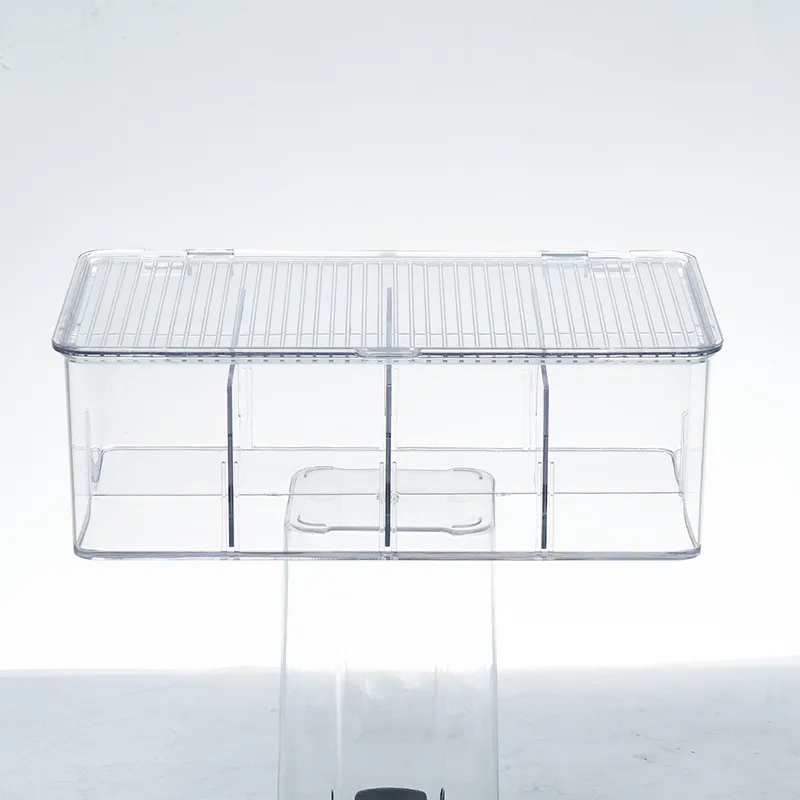Effective food storage is essential for maintaining the freshness, safety, and nutritional quality of food. There are various methods for storing food, each suited to different types of products and storage needs. In this blog, we’ll explore the five primary types of food storage and their advantages to help you choose the best method for your needs.

Refrigeration involves storing food at low temperatures, typically between 32°F and 40°F (0°C to 4°C). This method slows down the growth of bacteria and other microorganisms that cause food to spoil. Refrigeration is ideal for perishable items such as fruits, vegetables, dairy products, and meats. Properly using your refrigerator helps extend the shelf life of these items and maintain their quality.
Freezing food involves storing it at temperatures below 32°F (0°C), usually around -18°C (0°F). This method halts microbial growth and preserves food for extended periods, often months or even years. Freezing is effective for a wide range of foods, including meats, vegetables, fruits, and prepared meals. To maximize freshness, it's essential to use airtight packaging to prevent freezer burn and maintain food quality.
Canning is a food preservation method that involves sealing food in jars or cans and heating them to kill bacteria, yeast, and molds. This process creates a vacuum seal that prevents spoilage. Canning is suitable for preserving fruits, vegetables, sauces, and meats. It’s a great way to store seasonal produce and enjoy it year-round. Proper canning techniques and equipment are crucial to ensure safety and prevent contamination.
Drying, also known as dehydration, involves removing moisture from food to inhibit bacterial growth and spoilage. This can be done through methods such as air drying, sun drying, or using a dehydrator. Dried foods, like herbs, fruits, and meats, have a significantly longer shelf life compared to their fresh counterparts. Drying is particularly useful for preserving items that are prone to spoilage and for creating portable, lightweight food options.
Vacuum sealing involves removing air from packaging to create a tight seal around the food. This method reduces the risk of oxidation and contamination, extending the shelf life of food. Vacuum-sealed items can be stored in the refrigerator, freezer, or pantry, depending on the food type. This technique is particularly effective for preserving meats, cheeses, and dry goods, and can also be used to store prepared meals and snacks.
Each type of food storage has its advantages and is suitable for different kinds of food and storage needs. Refrigeration and freezing are excellent for maintaining freshness and extending the shelf life of perishable items. Canning is ideal for preserving seasonal produce and creating long-term food storage solutions. Drying is a great option for creating lightweight, long-lasting food products, while vacuum sealing enhances the shelf life of a variety of foods by minimizing air exposure.
By understanding these five types of food storage, you can make informed choices about how to best preserve your food, ensuring its safety, quality, and availability for future use.
Widen Corporation Limited. is a company that specializes in providing quality Food Storage to clients worldwide. Visit our website at https://www.wdkitchenstorage.com/ to learn more about our products.